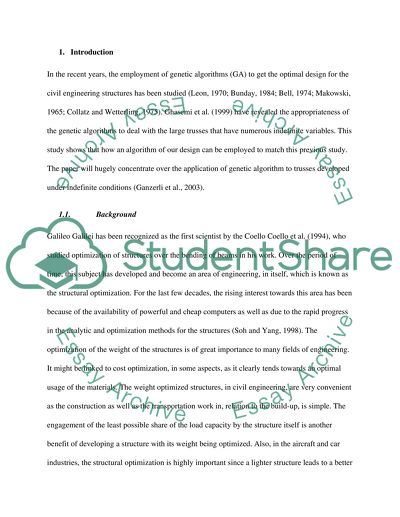Cite this document
(“Truss Optimisation Dissertation Example | Topics and Well Written Essays - 2500 words”, n.d.)
Retrieved from https://studentshare.org/family-consumer-science/1419468-truss-optimisation
Retrieved from https://studentshare.org/family-consumer-science/1419468-truss-optimisation
(Truss Optimisation Dissertation Example | Topics and Well Written Essays - 2500 Words)
https://studentshare.org/family-consumer-science/1419468-truss-optimisation.
https://studentshare.org/family-consumer-science/1419468-truss-optimisation.
“Truss Optimisation Dissertation Example | Topics and Well Written Essays - 2500 Words”, n.d. https://studentshare.org/family-consumer-science/1419468-truss-optimisation.


